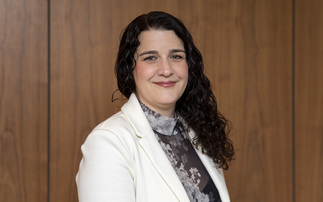The Bank of England has today said it will not hike rates "for some time to come" - with the base rate potentially at 2% by 2017 - as governor Mark Carney begins to alter his forward guidance policy.
Carney (pictured) said last October that rates would not begin to rise until the unemployment rate in the UK fell to 7%.
However, a rapid decline in the unemployment rate - which Carney conceded has surprised the Bank - has left the rate at just 7.1% by the end of 2013.
As such he has been forced into something of a U-turn on forward guidance, attempting to push back expectations of a rate rise.
To that end, unveiling the Bank's quarterly Inflation Report today, Carney stressed rates will remain at a record low of 0.5% "for some time to come".
The Bank will now attempt to give much more information about its thinking on interest rates, based on numerous variables, without giving a precise forecast.
For instance, it has published its estimates of the spare capacity in the UK economy - around 1%-1.5% of GDP - for the first time, in an effort to show why it is not yet thinking about hiking rates.
That reticence comes despite the BoE simultaneously hiking its UK GDP forecast for 2014 from 2.8% to some 3.4%.
Carney conceded the recovery had been so strong it has caught the Bank unawares: "The economy has been stronger than we thought, and unemployment is likely to reach the 7% threshold by the spring," he said.
But he said the future path of interest rates would be much lower than pre-crisis levels, with one forecast from the Bank having rates at 2% by 2017.
"The actual path of bank rate over the next few years will, however, depend on economic developments," today's Inflation Report said.
"Even when the economy has returned to normal levels of capacity and inflation is close to the target, the appropriate level of bank rate is likely to be materially below the 5% level set on average by the [Monetary Policy] Committee prior to the financial crisis."








